Come Hell or High Water
Cagayan, Misamis (as Cagayan de Oro in the island of Mindanao, the Philippines, was then known) got its first whiff of World War II when a B-17D bomber crash landed at the Cagayan Airfield (site of the present Patag Golf Course) on 14 December 1941.
Raul Ilogon, whose father Jesus ran away from their home to join the guerrillas at the tender age of 17, tells how the latter used to tell them how he saw the wounded airmen from that B-17 near their house.
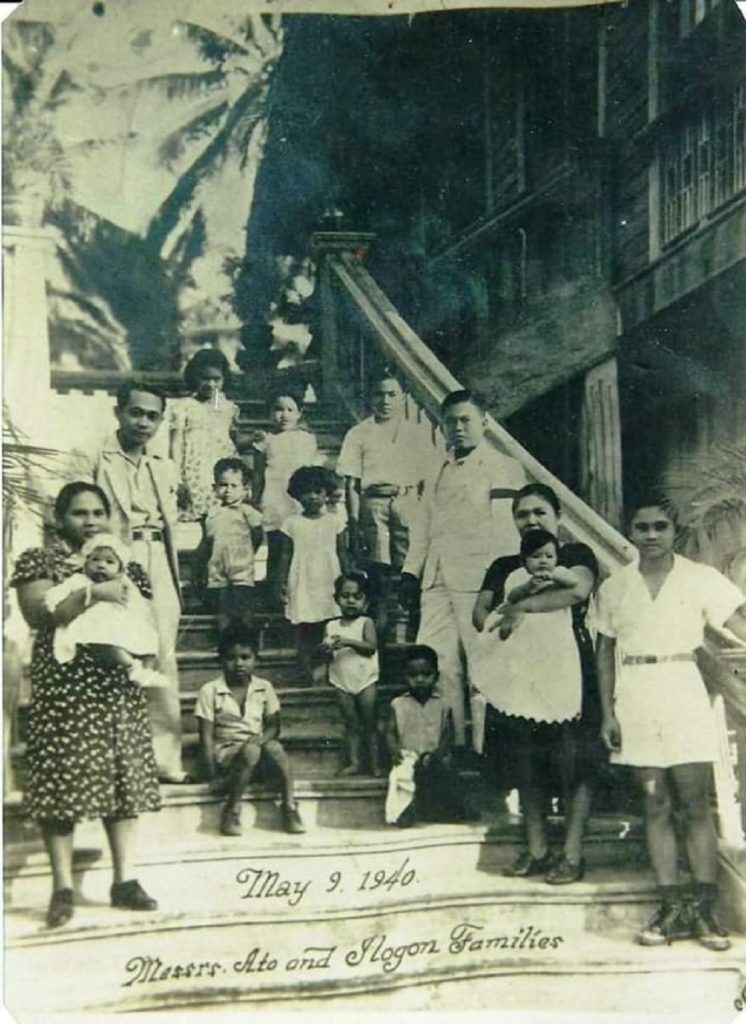
“My father’s family lived in Licoan where the provincial hospital was located nearby. My father said he saw the wounded American airmen on that plane. During daytime they were taken out of the hospital for fear of Japanese bombings and hidden beneath the canopy of century old acacia trees near their house. They were in stretchers and wheelchairs. He saw the look in their eyes that in his young mind was telling him they were going to lose the war.”
What many people didn’t and couldn’t have known then, was that the pilot of that B-17 was going to be feted as a war hero back home in the US, star as himself in a movie that won an Oscar, make a significant contribution to the eventual defeat of Japan, and become a future general of the US Air Force.
‘Shorty’ Wheless
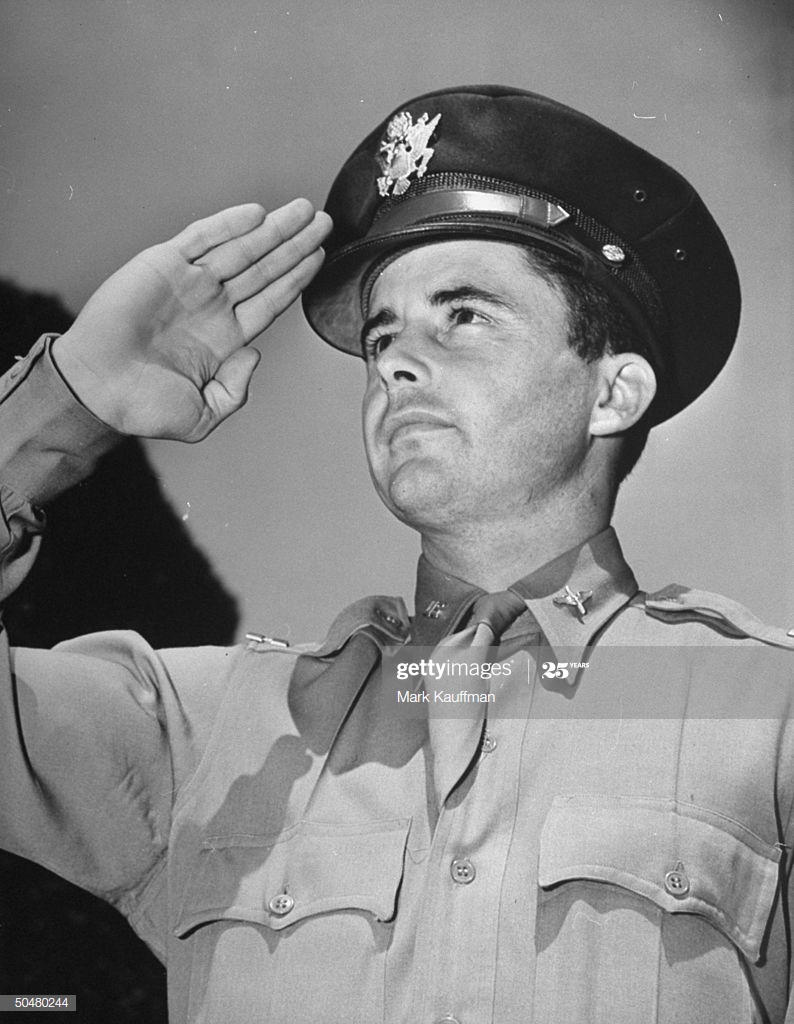
(The LIFE Images Collection via Getty Images)
Lieutenant General Hewitt Terrell Wheless was born on 31 October 1913 in Menard Country, Texas, USA. Growing up as a kid in Menard, Texas his classmates nicknamed him ‘Nun’ because “There was scarcely none of him at all”.

As he grew up, his nickname changed to ‘Shorty’. Even while working as ranch hand in Menard, Wheless was always interested in the military; he graduated in March 1932 from the Gulf Coast Military Academy at Gulfport, Mississippi, in May 1932, and received his Bachelor’s Degree in Civil Engineering from the University of Texas from Austin, Texas in 1936. While at the University of Texas, he was commissioned a 2nd lieutenant in the US Army Infantry Reserve in January 1935.
Wheless wanted to become a pilot, but his friends told him he was too short. They bet him a new pair of cowboy boots that he couldn’t make it. Wheless proved them wrong and won the boots.
He began pilot training as an aviation cadet at Randolph Field (now Randolph Air Force Base, a part of Joint Base San Antonio), Texas, in June 1938, and graduated at Kelly Field (now Kelly Air Reserve Base, a part of Joint Base San Antonio), Texas with his pilot wings.
He was commissioned a 2nd lieutenant in the US Army Air Corps Reserve in May 1939 and was first assigned as assistant operations officer of the 38th Reconnaissance Squadron at March Field (now March Air Reserve Base), California.

Wheless trained on multi-engine bombers and was eventually assigned to the 19th Bomb Group equipped with the B-17-C Flying Fortress. In October 1941 he was assigned to the 19th Bombardment Group of General Douglas MacArthur’s Far East Air Force (FEAF).

The Far East Air Force (FEAF) was the military aviation organization of the United States Army Forces in the Far East (USAFFE) just prior to and at the beginning of World War II. Formed on 16 November 1941, FEAF was the predecessor of the Fifth Air Force of the United States Army Air Forces and the United States Air Force.

Initially the Far East Air Force also included aircraft and personnel of the Philippine Army Air Corps. Outnumbered operationally more than three-to-one by aircraft of the Japanese Navy and Army, FEAF was largely destroyed during the Philippines Campaign of 1941–42.
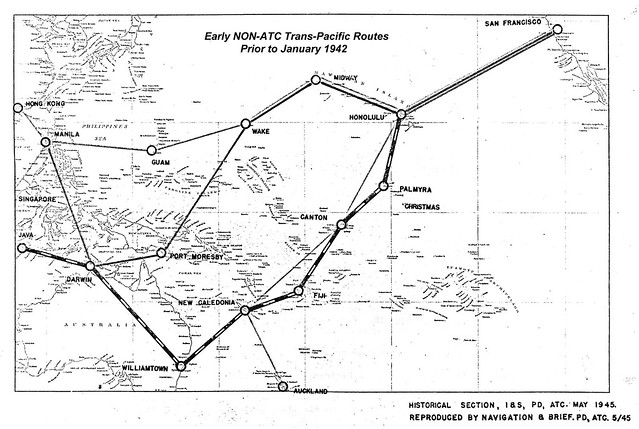
The 19th flew the first mass formation bomber movement from the west coast of California to Hawaii, eventually ending their journey at Clark Field in the Philippines.
The 30th helped make aviation history on the night of 13–14 May 1941 when they took off from March Field to Hickam Field, Hawaii to transfer them to the 11th Bombardment Group there, landing on schedule within 30 minutes of each other and in the order they took off.
As part of the reinforcement effort of the Philippines, the squadron redeployed to Clark Field, Luzon between 16 October and 4 November 1941. The bombers traveling individually and at night on their longest leg, flew a trans-Pacific route from Hickam Field to Midway Island; Wake Island; Port Moresby, Papua New Guinea; Darwin, Northern Territory, Australia, then into Clark Field, a distance of over 10,000 miles, nearly all of it over water.
When Japan attacked the Philippines on December 8th, 1941, the 19th Bomb Group was almost entirely destroyed on the ground. Though lacking airplanes and supplies, the 19th immediately went on the offensive.
When the war broke out, 28-year-old 1st Lt. Shorty Wheless was a Boeing B-17D Flying Fortress pilot with the 19th Bombardment Group, stationed at Clark Field in the Philippines.
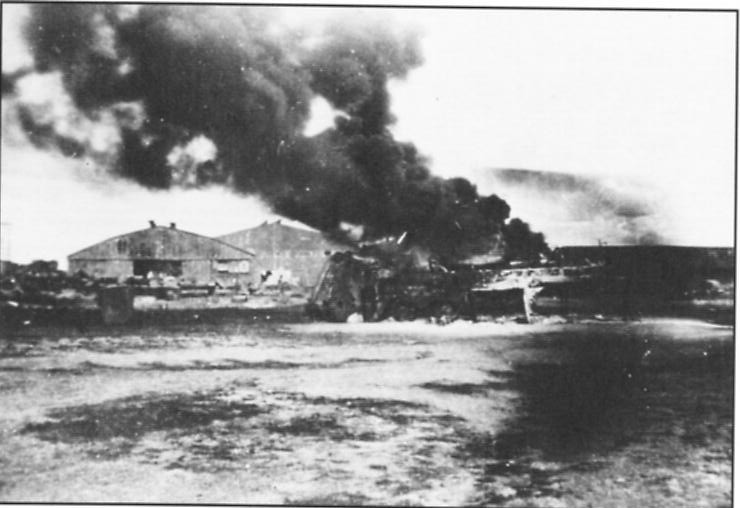
After the Japanese attacked the Philippines on the afternoon of December 8, Wheless and others — along with what was left of the original 17 B-17s at Clark — flew south to Del Monte Field at Tankulan, Bukidnon on the island of Mindanao two days later.

There, they were some 500 miles out of range of Japanese bombers. On the afternoon of December 14 six of the Fortresses were ordered to attack an enemy invasion force at Legaspi, on the southern tip of Luzon. Wheless’ B-17 was one of the six assigned to the mission.
The Legaspi Mission
A detailed analysis of the action that followed is described in an article was written by Donald J. Young published in the July 2002 issue of Aviation History Magazine:
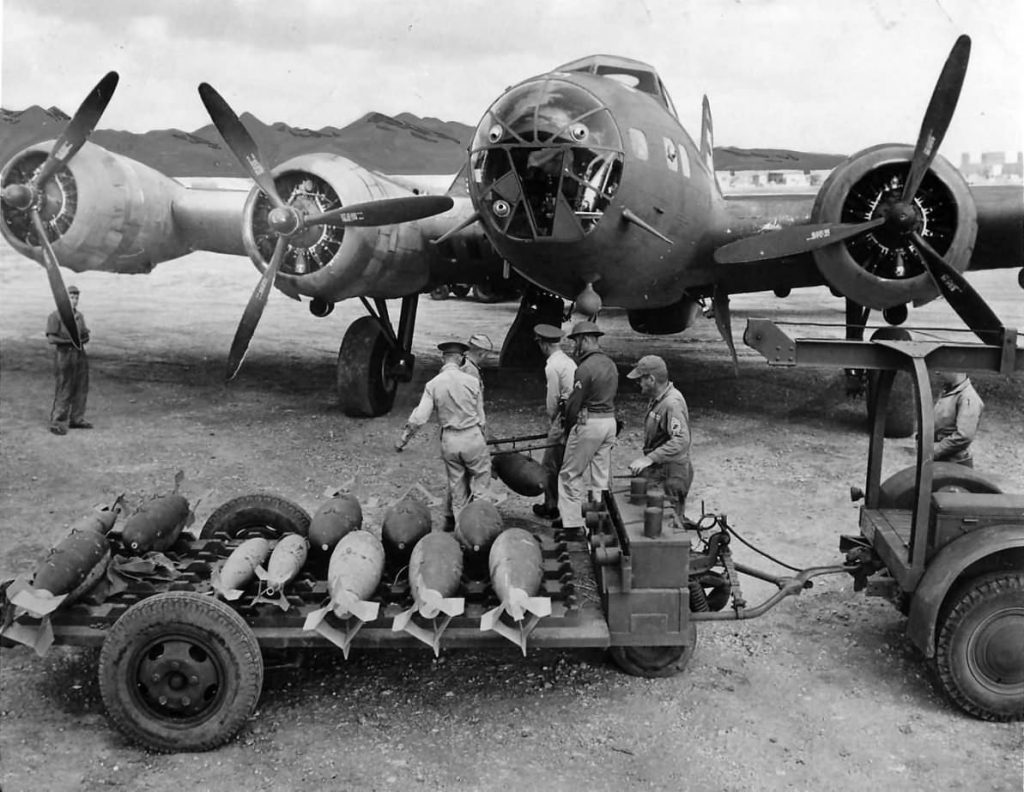
Although the Legaspi attack would be the biggest single raid against the Japanese to date in the week-old war, bad luck and mechanical difficulties, which had plagued the 19th Bombardment Group from the beginning, continued.
When the lead B-17, piloted by Lieutenant Jim Connally, began its takeoff run, a tire blew out, forcing the big ship off the runway. As the Fortress slid off the field, its right wingtip dipped to the ground and crumpled. Clearly, that was one less plane available for the mission.
The five remaining planes, piloted by Wheless and Lieutenants Lee Coats, Jack Adams, Elliot Vandevanter and Walter Ford, got off safely, the last plane leaving the runway at 12:14 p.m.
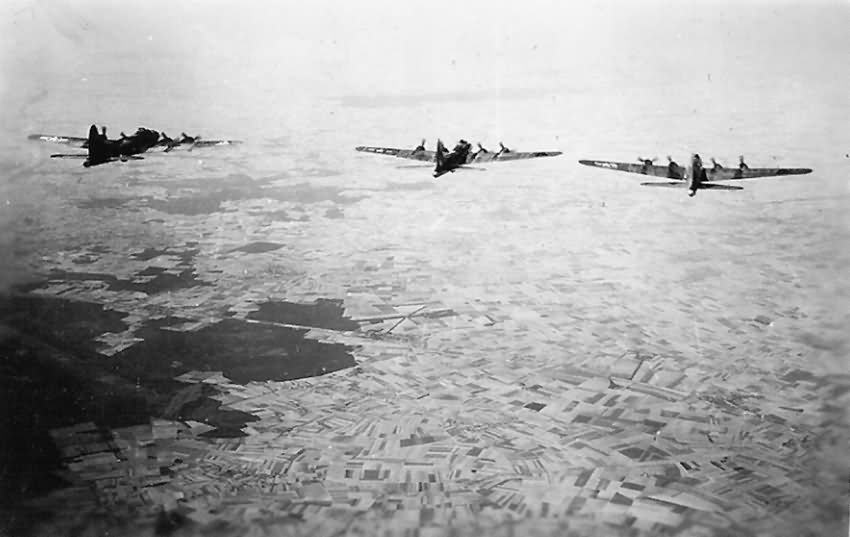
About 200 miles out, the group ran into a spot of bad weather. When they broke out of the storm a few minutes later, Wheless was nowhere to be seen. His No. 3 engine had quit, forcing him to drop out.
From that point on, things went from bad to worse. A half-hour out from the target, Ford radioed Coats, who had taken over from Connally, that he was having engine trouble and was returning to Del Monte. At the scheduled rendezvous point, about 35 miles from where the flight was to make its final turn for the target, Coats radioed that his engines were performing so badly that he was unable to make altitude, and was turning back.
That left Vandevanter and Adams to go it alone. Forced to drop down to 18,000 feet because of cloud cover, Adams was the first over the target.
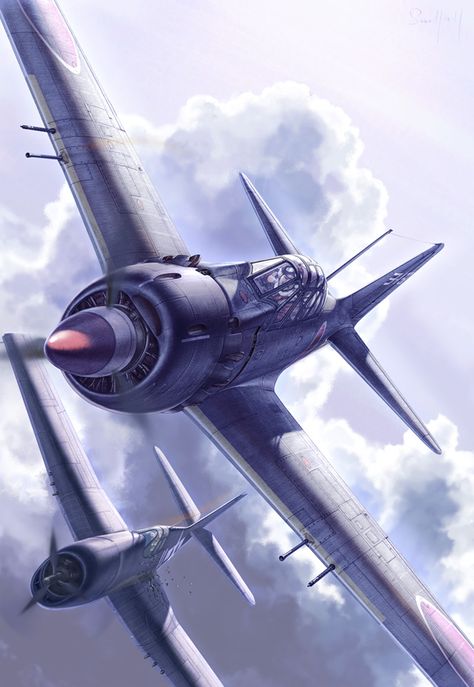
After releasing his eight 600-pounders at the line of enemy transports sitting off the Legaspi beach, he was jumped by five Mitsubishi A6M Zeros. Although a Japanese carrier was not spotted in the invasion force, one probably was lurking nearby, given how quickly the Zeros appeared.
Adams had two of his engines were knocked out and two of his crew were wounded. Adams’ crew managed to shoot down two of the enemy fighters during the race for the clouds, but the remaining three Zeros were waiting for them when they came out.
At that point, Adams ‘pulled a cute one,’ according to Harry Schrieber, his navigator. ‘He throttled back suddenly and one Zero overshot us to the left, which our side gunner picked off. Another came up under the stabilizer, and our bottom gunner got his second for the day.’
Losing altitude while still battling the last enemy fighter, Adams decided to try for a beach landing on the nearby island of Masbate, just south of Luzon.
Unfortunately, there was no real beach — ‘only jagged rocks with white surf wrapped around them,’ Schrieber recalled.
Desperately looking for a place to land, Adams spotted a rice paddy. ‘Cutting the remaining two motors so we wouldn’t have to climb out of her in flames, he made as nice a belly landing as you could hope for,’ said Schrieber. After a couple of passes over the downed bomber, the lone Zero turned for home.
Vandevanter, in the other B-17, arrived over the target three minutes behind Adams. Fortunately for him, Adams had attracted the attention of all the Zero pilots, so Vandevanter was able to make three uncontested runs over the target before more fighters appeared and chased him into a cloud bank. Vandevanter’s plane escaped without a scratch and returned safely to Del Monte.

“We are troubled on every side, yet not distressed; we are perplexed, but not in despair; Persecuted, but not forsaken; cast down, but not destroyed.” 2 Corinthians 4:8-9 (KJV)
Meanwhile, the engine trouble that had caused Wheless to drop out of formation had been fixed. Although he was far behind the other four B-17s, he chose to continue on to the target, knowing that he would likely be attacking an alerted enemy whose defense might well include fighter planes.
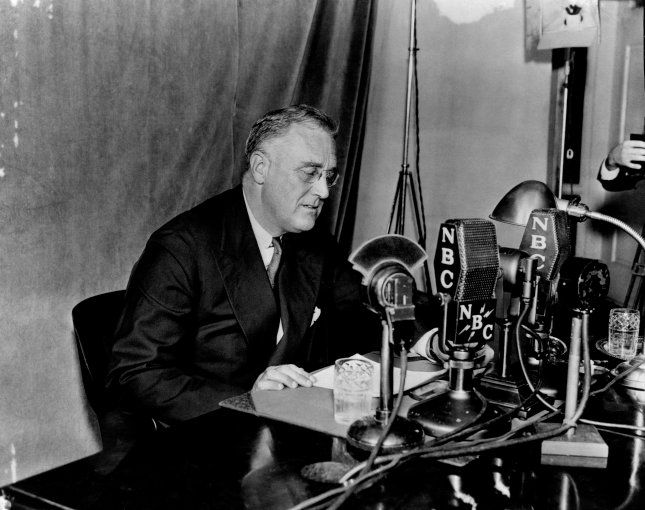
That decision would soon vault his name into virtually every major American newspaper and magazine. The crew’s heroism was cited by no less than US President Franklin D. Roosevelt’s Fireside Chat (radio address to the nation) on April 28, 1942.
For the most part, the president’s account was accurate.
Roosevelt: ‘By the time [Wheless] arrived over the target, the other four Flying Fortresses had dropped their bombs and stirred up the hornet’s nest of Japanese Zero planes. Eighteen of these Zero fighters attacked our lone Flying Fortress. Despite this mass attack, our plane proceeded on its mission….’
In fact — although Wheless didn’t find it out until two days after the mission — only the two B-17s had made it to the target ahead of him. Although the number of enemy planes that jumped him was estimated at 18, in reality it was probably closer to 12. While the running battle with the enemy fighters was in progress, Wheless headed straight for the six enemy transports neatly lined up off Legaspi.
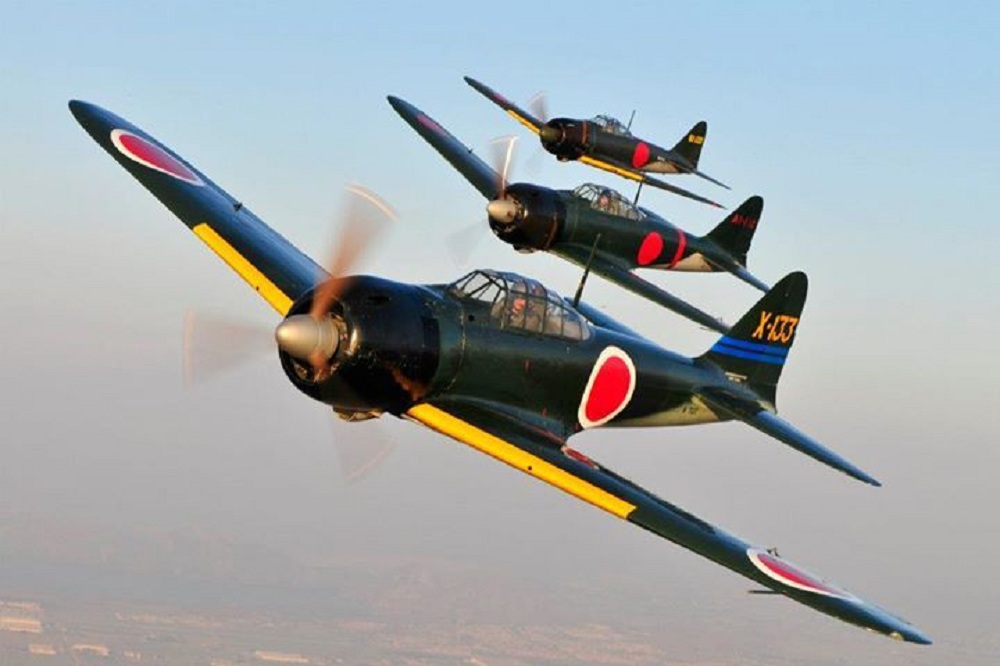
At 2:25 in the afternoon, Wheless found a break and saw six Japanese transports lined up below him. He gave control of the B-17 to bombardier R.W. Schlotte and told his gunners to keep a look out for enemy fighters.
The plane was committed to the bomb run; they were flying straight and level unable to take evasive action. A gunner called out eighteen enemy fighters, two squadrons, one on the left and one on the right bearing into them.
The bombardier had control of the ship as he lined up the target in the bomb-sight, all Wheless could do was sit still and hope he didn’t get shot down. The bombardier shouted “Bombs away, bomb bay doors closed, kick her in the behind!”
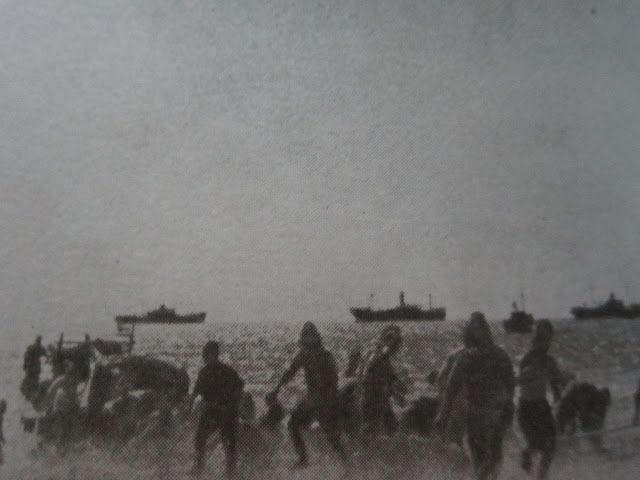
After bombardier released his eight 600-pounders, Wheless’ attention was focused on taking evasive action and giving his gunners a crack at the Japanese fighter pilots.
Wheless went into a sharp turn and desperately looked for cloud cover. He only saw scattered cumulus clouds, not enough to hide a B-17 for very long.
The Essence of Valor
Roosevelt:‘…As it turned back on its homeward journey, a running fight between the bomber and the 18 Japanese pursuit planes continued for 75 miles. Four pursuit planes of the Japs attacked simultaneously at each side. Four were shot down with the side guns. During this fight the bomber’s radio operator was killed, the engineer’s right hand was shot off, and one gunner was crippled, leaving only one man available to operate both side guns. Although wounded in one hand, this gunner alternately manned both side guns, bringing down three more Japanese Zero planes.’
Gunners Russell Brown and William “Pat” Williams each claimed a Zero before being wounded.
As Young noted in his Aviation History story, the early B-17s didn’t have tail guns. Williams battle station was in the “bathtub,” a bulge in the plane’s belly that was equipped with twin .50-cal. machine guns.
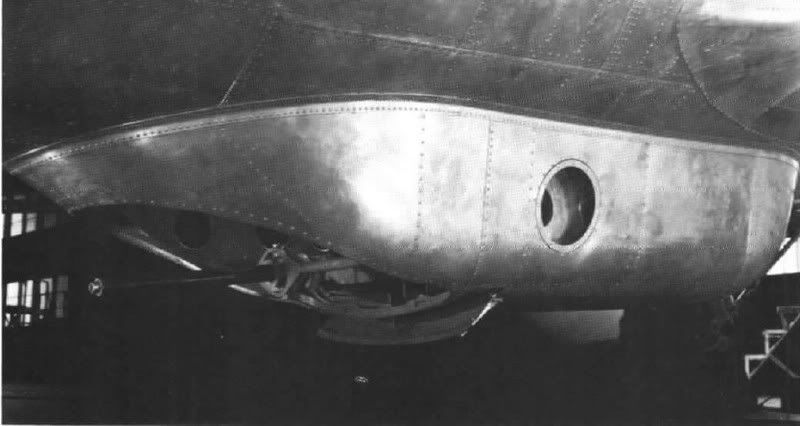
“I was busy firing those guns,” he said. “They were coming from the left and right.”
Williams was one of the four gunners in the plane’s mid-section. The others were two waist gunners firing from each side and the radio operator who shot twin machine guns from the top of the plane.
Williams gun jammed, but being a mechanic, he managed to clear them with a screwdriver.
Then W.G. Killin, the radio operator’s guns jammed and he asked Williams to change places with him and unjam the guns.
“He got into the bathtub,” Williams said, “and instantly his head was blown off.”
Williams, who was hit by a 20mm shell from one of the enemy planes, had his leg ripped open, knocking him out of the fight.
Brown, whose right hand had been nearly shot off, was unable to operate his gun. The job of firing both waist guns went to Sergeant John Gootee, who though himself wounded in the right wrist, kept firing both guns until helped by the bombardier, Schlotte.
The seven enemy planes claimed by Wheless and the four claimed by Adams in his brief fight may seem hard to believe in light of later WWII statistics.
Remember, however, that this was the first time the Japanese had tangled with a B-17. The Zero pilots were unfamiliar with the Fortress’ firepower and the location of its guns.
On the other hand, the system of authenticating a kill by a witness had not yet been put in place by the U.S. Army Air Forces. Had it been, the count might have been reduced to five or less.
Also, it was apparently not possible for a large number of planes to literally swarm all over a B-17.

Saburo Sakai, the Japanese ace who shot down Colin Kelly, said: ‘It was impossible for (a large number of Zeros) to make a concerted attack against the bomber, for in the rarified air we could easily over control and collide with each other. Instead, we swung out in a long file, and made our firing passes one after another, each plane making its run alone.’
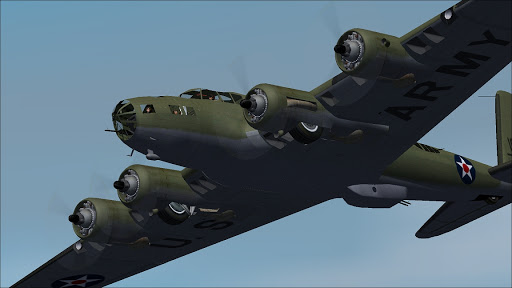
This was particularly easy against the D-model B-17, since it had no tail gun, relying instead on the gun in the bathtub position to help cover the tail.
Roosevelt:‘…While this was going on, one engine in the American bomber was shot out. Out of 11 control cables, all but four were shot away. The rear landing wheel was blown off entirely, and the two front wheels were both shot out.’
As far as it went, this assessment of the damage was correct. The 5-foot-6, 138-pound Wheless was struggling for all he was worth to keep the big plane in the air while it was being shot to pieces by machine-gun and cannon fire from the Zeros.
The running battle with the Japanese fighters, which had begun the minute the plane appeared over the target, would last, as the president said, for 75 miles.
The B-17 had dropped from 9,000 feet to 3,500. First the No. 1 engine was shot up, its throttle cable shot in two and had to be feathered as he could see gasoline spraying out. The gas tank for the number 4 engine was also leaking.
Then, in rapid succession, bullets shot out the radio and the oxygen system and his number 3 engine was smoking.
Then a 6-inch hole appeared in the right wing fuel tank, the result of 20mm cannon fire. After that came a sudden loss of control, when a hail of 20mm fire severed seven of the control cables of the big plane, leaving cables intact for only right rudder, one elevator and both ailerons.
Concentrating on flying, Wheless did not know what was happening in the rest of the airplane.
The radio operator had been killed, his upper gunner had his thigh split from hip to knee by an explosive shell, he lay on the floor crippled, reaching for his gun to fight back with. One waist gunner was wounded and the other manned both guns, ignoring the pain from a cracked wrist. The flight engineer fought on too, steadying his gun with one hand because his other hand was shot away.
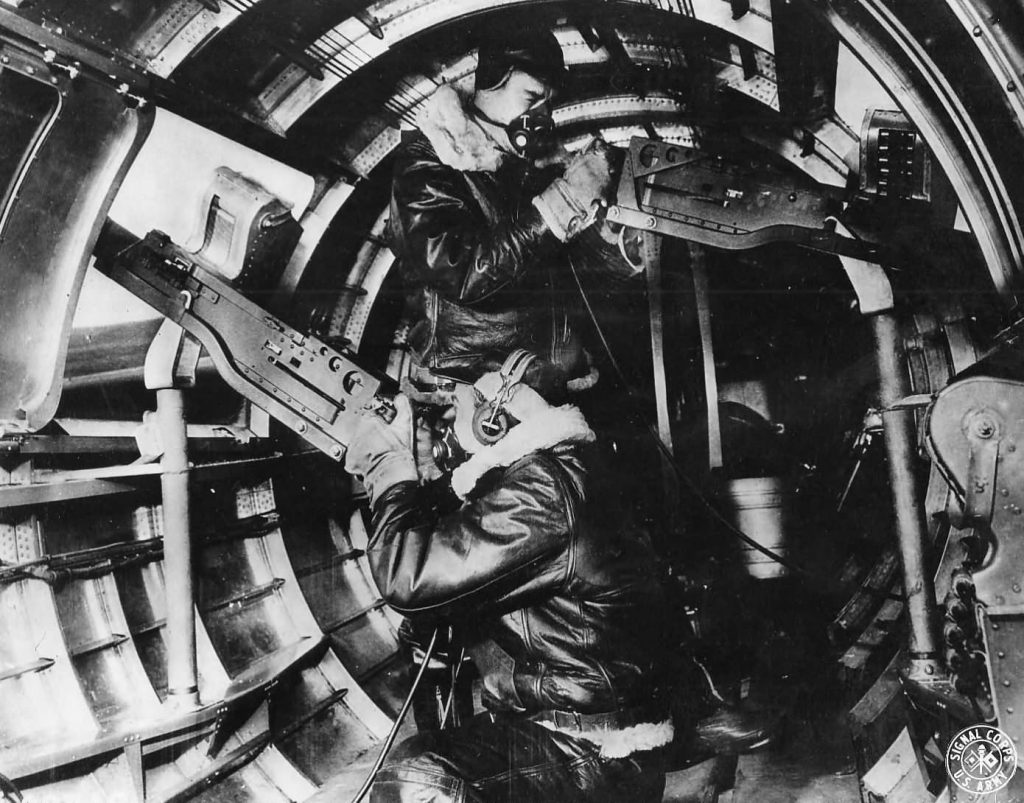
By that time, as the president stated, both wheels had been shot flat and the tail wheel had been blown completely out of its mount. Then there were the three wounded crewmen and one killed in action — with three machine guns jammed or otherwise out of commission. Fuel was spewing freely out of the right wing tank, which meant that a second engine would quit just miles from the Mindanao coast.
Roosevelt:‘…The flight continued until the remaining Japanese pursuit ships exhausted their ammunition and turned back. With two engines gone and the plane practically out of control, the American bomber returned to base after dark. The mission had been accomplished. The name of that pilot was Captain Hewitt T. Wheless.’
It ain’t over till it’s over
Well, there were a few dramatic details left out.
Looking for protection from the gang of Zeros on his tail, Wheless ducked into a cloud bank as he left the Luzon coast. When he broke out minutes later, not a Japanese plane was to be seen.
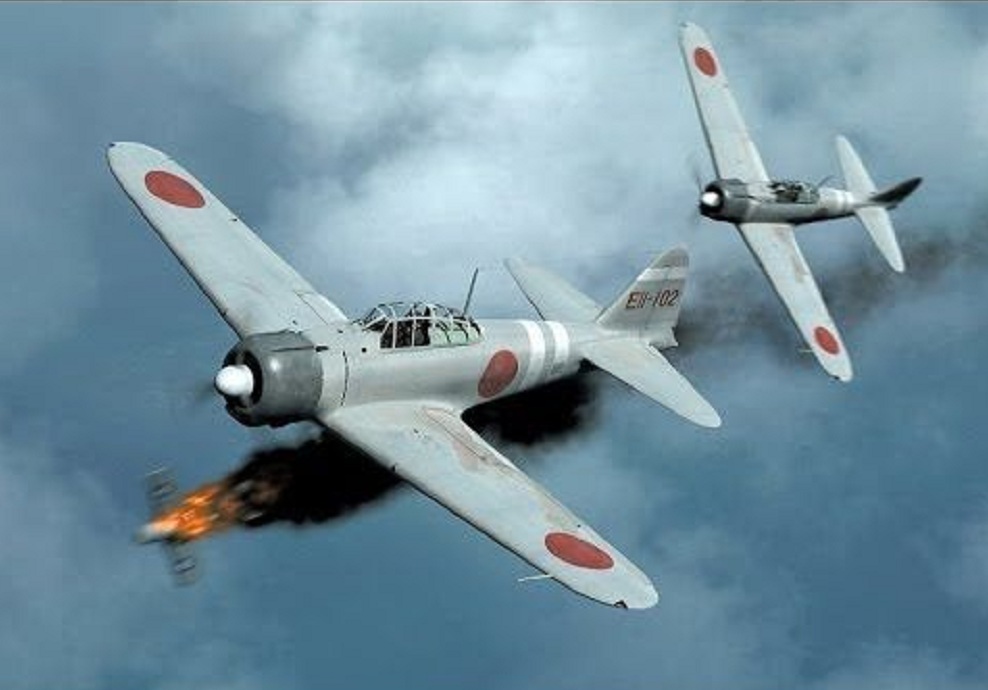
The enemy pilots — either low on ammunition or fuel, or sure the battered B-17, trailing smoke and gasoline and limping along on three engines, was finished — had given up the chase.
Wheless was afraid to pick up his microphone since he thought everyone in the ship must be dead. He was relieved to see the navigator alive when he came up to offer a hand and patch up the wounded.
The plane was running on two engines, lost its oxygen system, seven out of eleven control cables, the tail wheel was gone and both of its landing wheels were shot flat. Without much control surface left, there was little Wheless could do but fly straight and level.
As Wheless neared the Mindanao coast, it was getting dark and had started to rain.

After fighting to keep the plane in the air for more than 300 miles, he knew his chances were slim of reaching Del Monte. When the second engine ran out of gas, with nothing but jungle between the Mindanao coast and Del Monte, Wheless decided to head for an auxiliary strip at Cagayan, on the northern coast of the island.
Crash Landing in Cagayan
Afraid to fly other than in a straight line because of his damaged control cables, Wheless would not be able to check out the field first before coming in. He knew that he would have just one shot at landing.
As he gingerly banked the plane toward the field and started in, he was aghast to see it had been barricaded in anticipation of its being used by the Japanese. Past the point of no return, Wheless lowered his landing gear, possibly unaware that the tires had both been shot flat.
He could not belly land as there was no way to strap down the wounded. As the plane flew over the barricaded field, one of the two remaining engines ran out of gas.
The plane landed, hitting a palm tree on the way in, ripped through several barricades, then some 200 yards down the runway the big bomber’s brakes suddenly locked, and after it rolled 500 feet, the 39,000 lbs. aircraft stopped suddenly and went up on its nose for a second before crashing down on its tail.
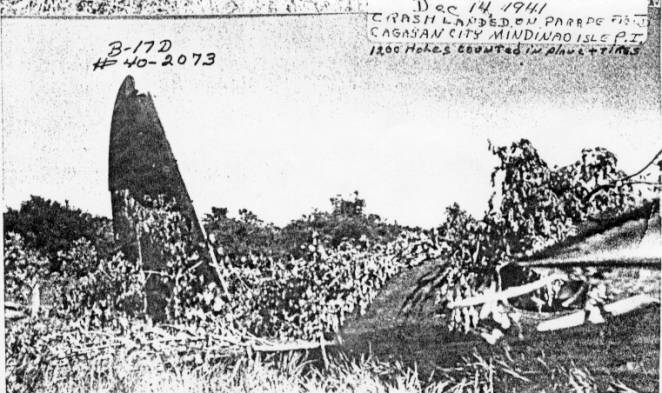
They were down at last, even though it was far from the routine landing the president had implied. After getting the wounded crewmen to the small hospital at Cagayan, the ground crew counted at least 1,200 bullet holes in the plane. Each propeller blade had been hit five or six times.
For his gallant efforts in bringing the shot-up Fortress and her wounded crewmen back to base, Lieutenant Hewitt T. Wheless was awarded the Distinguished Service Cross.
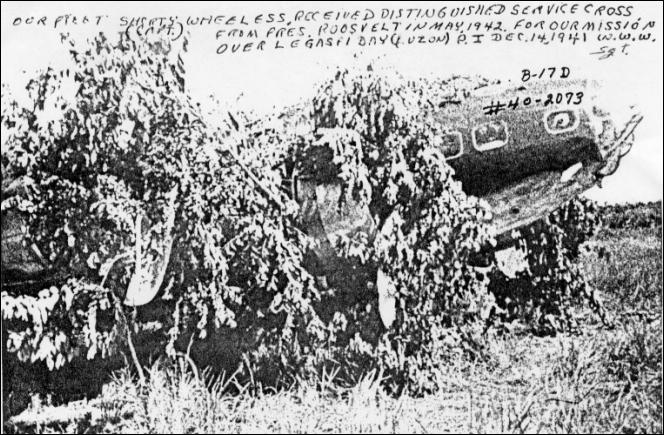
Let me tell you about those guys
That tale alone told six odd decades after the fact, already has enough valor and action to deserve a retelling many times over. But nothing perhaps would compare to the eyewitness account told by Wheless himself barely five months after that epic flight back to Cagayan.
Here, in his own words, is Wheless’ personal account of that action, as told to International News Service Staff Correspondent Lee Carson, in Washington, 18 May 1942, giving full and complete credit to the men who made up the crew of his bomber on that memorable flight:
As Captain Wheless says: “Let me tell you about those guys.”
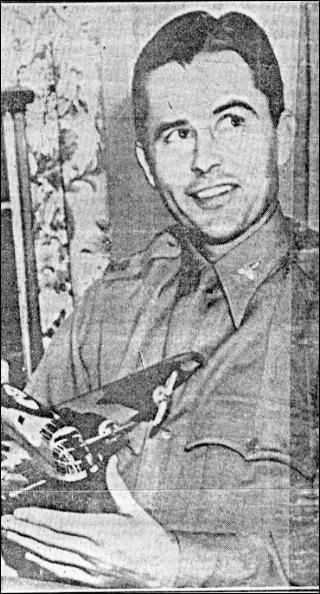
Ten minutes away from our bombing target, [Legaspi Bay, Luzon, P.I. Dec 14, 1941] the gunner reports Japs coming in fast on either side and on our tail. We were in trouble all right, but we decided to go on ahead and unload the eggs as long as we were almost there.
The Japs came in like greased lightning. Sgt Russell B. Brown and Sgt John M. Gootee were on the side guns. They got the two coming in on the side. Private William C. Killin, the radio operator, was in the “bathtub” — the tunnel underneath.
He had just traded places with Cpl William W. Williams, who was trying to unjam the top radio guns. Just as Killen crawled into the bathtub the Jap on our tail let loose, and Killin was killed. Our number 2 engine was shot out, at the same time as the Jap got the throttle cable.
Things began happening pretty fast then. Williams got it in the hip and it tore his right leg wide open down to and below the knee. Just the same, he boosted himself up and tried to man the radio guns. He was pretty badly smashed up. But he tried.
Riding in hail of lead
The way the bullets were coming through the fuselage it was like being out in the open in a hail storm. But Sgt Albert H. Cellette — the bombardier — got the beam on our target and unloaded. We dropped about 4,800 pounds of stuff on them while their planes were coming at us like a bunch of hornets from a kicked over nest. Yep — we were sure busy.
I was looking for clouds. When we came in toward the target we had a nice overcast to hide in. But when we came up on the target — wham — no clouds. Completely clear.
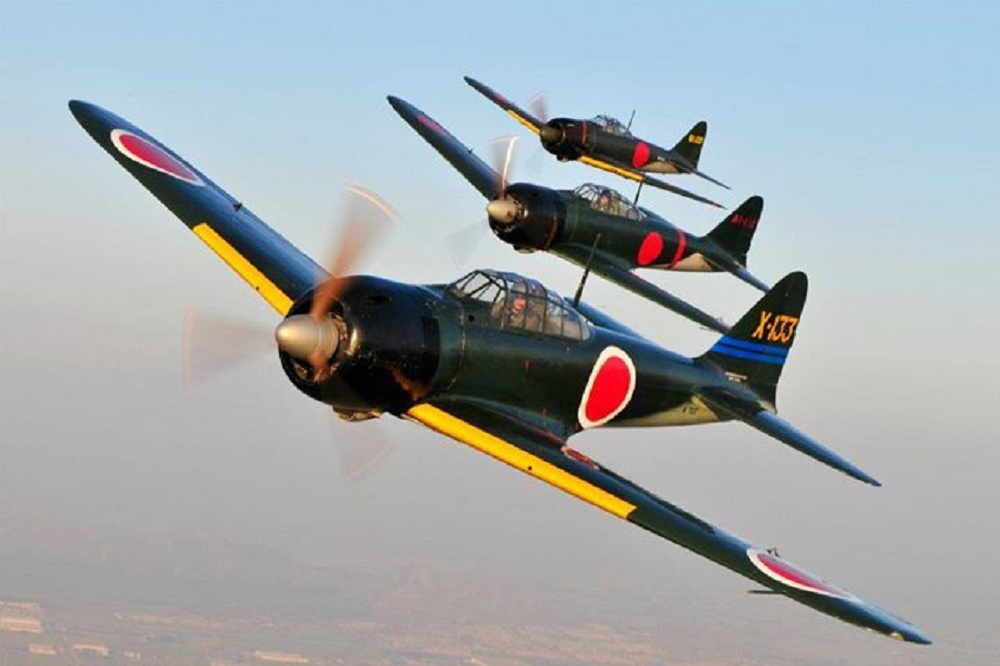
The Japs were getting underway — eighteen of them — or there abouts — non one had time to stop and count — were swarming all over us. I was dodging in and out of what cloud scraps I could find. We’d be in one for ten of fifteen seconds, which gave the guys a chance to reload.
My co-pilot Lt Taborek, and I did what we could. But it wasn’t much. Bullets were coming into the cockpit like rain. The instrument panel was shot to hell. A high explosive shell hit the radio and it opened up like a flower. Another one got the No 4 tank and the gasoline poured out.
Ol’ Gootee caught a bullet in the hand and it just ripped his whole hand almost off. Only thing that kept it from falling off was a couple threads of flesh. So he put on a glove to hold his hand on his arm and helped Brown load and aim.
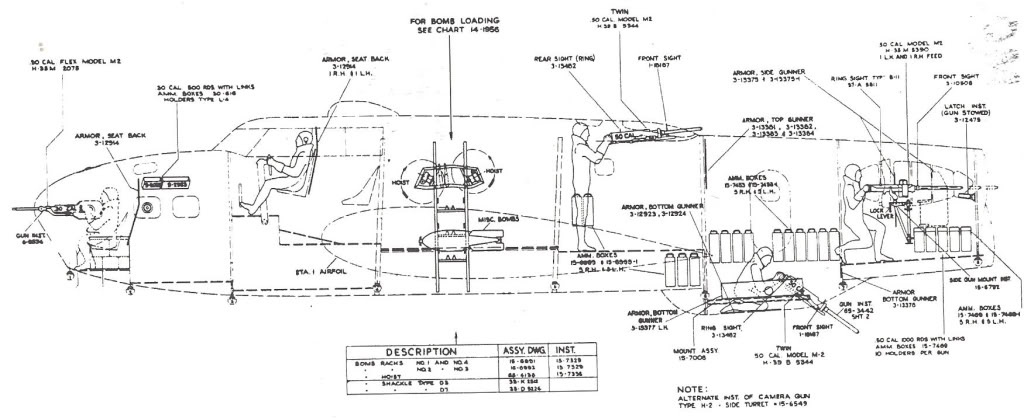
That boy Brown was busy as a two headed cat in a creamery. He ran from one side to the other operating the side guns in the tail. Gootee’d reload for him while he was busy on the other gun. Then one of the Japs got a bead on Brown while he was working over the mess with his gun, shot the sights right off the gun and got Brown in the wrist. Without stopping his relay race between the two guns, he tied a handkerchief around it — tight — and went on shooting.
Another gun jams
The Navigator, Lt William F. Neenagh, went back to see if he could get Killin’s body out of the bathtub. But he couldn’t get him out. Williams’ gun jammed and Neenagh tried to help him fix them, but it was no go. So he came on back to his post and sort of alternated between what gunners were left.
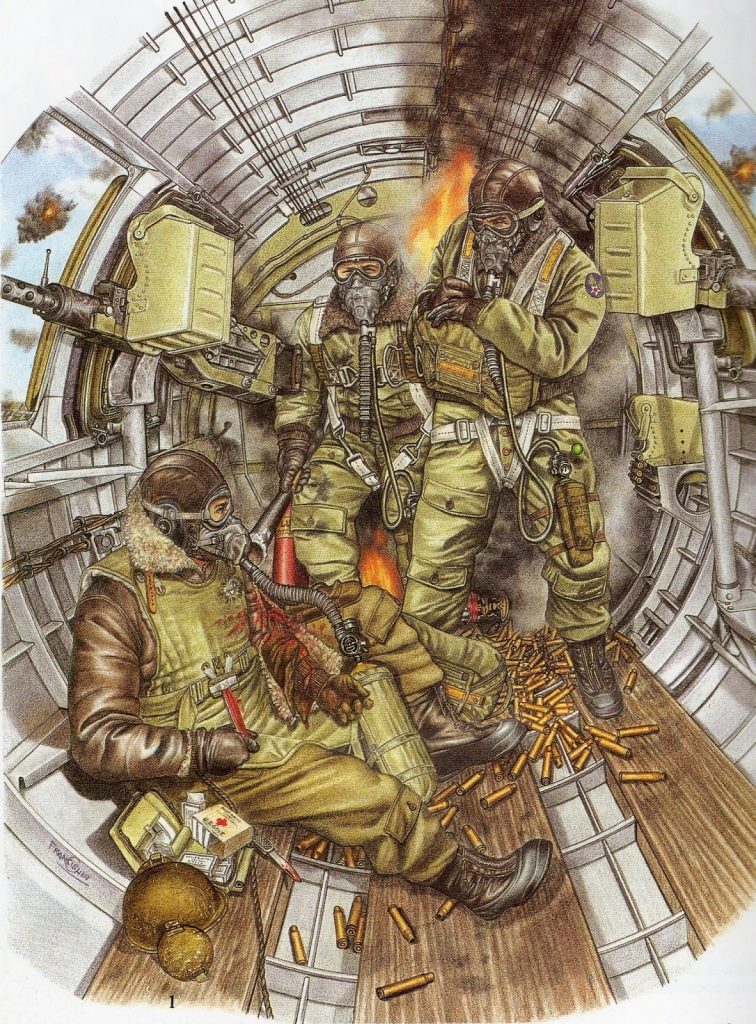
Cellette was down in the bombardier’s bubble at the guns. But we never get a head on attack so he couldn’t do anything but sit there and be shot at. Another round of fire got our flattener controls so the plane was wobbly as hell. We did the best we could, keeping her on an even keel with the rudder. By this time the Fortress looked like a worn out sieve.
About seventy-five or a hundred miles later, the Japs wheeled and went off. Out of ammunition I guess. God knows they threw enough at us.
Nobody said anything for a long while.
Just catching on
Then Brown swore and said: “Hell, I was just catching on how to get ‘em — and then they have to beat it. Of all the consarn luck!”
At that he did pretty well. Between them the boys got six or seven Japs.
We didn’t have but two of the engines left, and all but four control cables were shot out. But we managed to zigzag back the 350 miles. There wasn’t one word spoken on the trip back. They were all too tired, I guess. And not exactly in one piece.

It was dark when we got over the field in the jungle. My front wheels were shot flat and the tail wheel had been shot off long ago. The field [Parade Field, Cagayan, Misamis, Mindanao Island, P.I.] had been barricaded against enemy landing, and I could just make out the rocks and stuff that had been scattered around it.
For a minute I didn’t know whether it would be better to pancake in or try to land on those shot wheels. But with a wounded crew I didn’t want to shake ‘em up, so I tried the wheels.”
One Hell of a Fight
Williams had lost a lot of blood — and I was afraid he wasn’t going to make it and the docs saved his leg too.
I came in on the rims — careful — and as we hit the ground the plane nosed over and hung there while I held my breath. Then she settled back and we were all right.
We quickly got some cars and took the crew off to the hospital, and got the Killin kid out of that bathtub — at last.
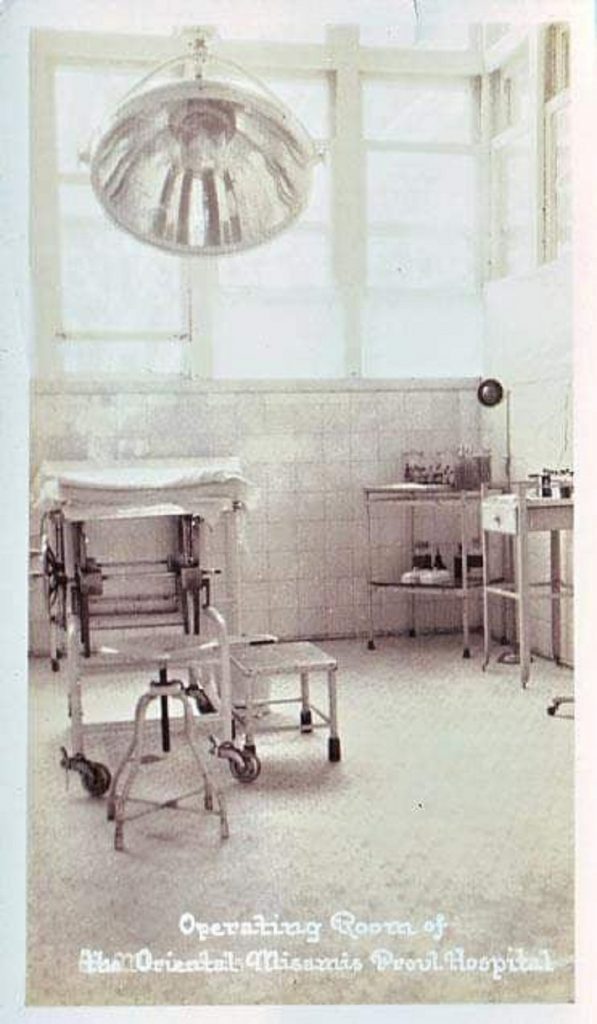
The men were something I tell you. All they had to say was that it was “one hell of a fight” and they just grinned.
You know they all figure it’s war and we’ve got to lick the Japs. They welcome a scrap — anytime — any place. Sure they’re scared. They’d have to be idiots not to be. But that doesn’t bother them in a fight. They’ll all fight to the end. Take Brown — he’d never been in combat before, and with his wrist plowed open to the bone he manned both those side guns — and Gootee — same thing.
Plane awash in blood
Williams had one of the ugliest shell rips I’ve ever seen. But he held on. Put a tourniquet around his leg and kept shooting until his guns jammed. I personally don’t know how he did it. That plane was awash with blood.
I didn’t feel much like grinning when I said so long to the boys. They I reported to the commanding officer — Maj Emmet “Rosie” O’Donnell. He heard me through with no comment.
Then he said. “Have a drink, Wheless.”
That’s all.
A lot of guys in the Philippines went right on and fought in Java until that was shot from under them too. I got sent to Australia and missed it — worst luck. Just wait until I get back there. Will I ever get a ribbing about all this “hero” stuff. I’m no “hero.” The heroes are still out there. My crew were the heroes.
Well, see you after the war. We’ll get together and throw milk bottles out of ten story windows — just for fun.”
The Bomber Crew
The Crew of the Flying Fortress that crash landed in Parade Field, Camp Edilberto Evangelista:
Capt. Hewitt T. Wheless, pilot
Lt. Taborek, co-pilot
Lt. William F. Neenagh, navigator
Sgt. Albert H. Cellette, bombardier
Sgt. Russell B. Brown, waist gunner-mechanic, wounded,
Sgt. John M. Gootee, waist gunner-mechanic, wounded,
Pvt. William C. Killin, top gunner-radio operator (KIA)
Cpl. William W. Williams, “bathtub” gunner-mechanic, wounded.
Wheless went from Mindanao to Australia and then to the US for Bond selling tours, and to help make a movie. The media needed a hero and he was “ordered” to play the role.
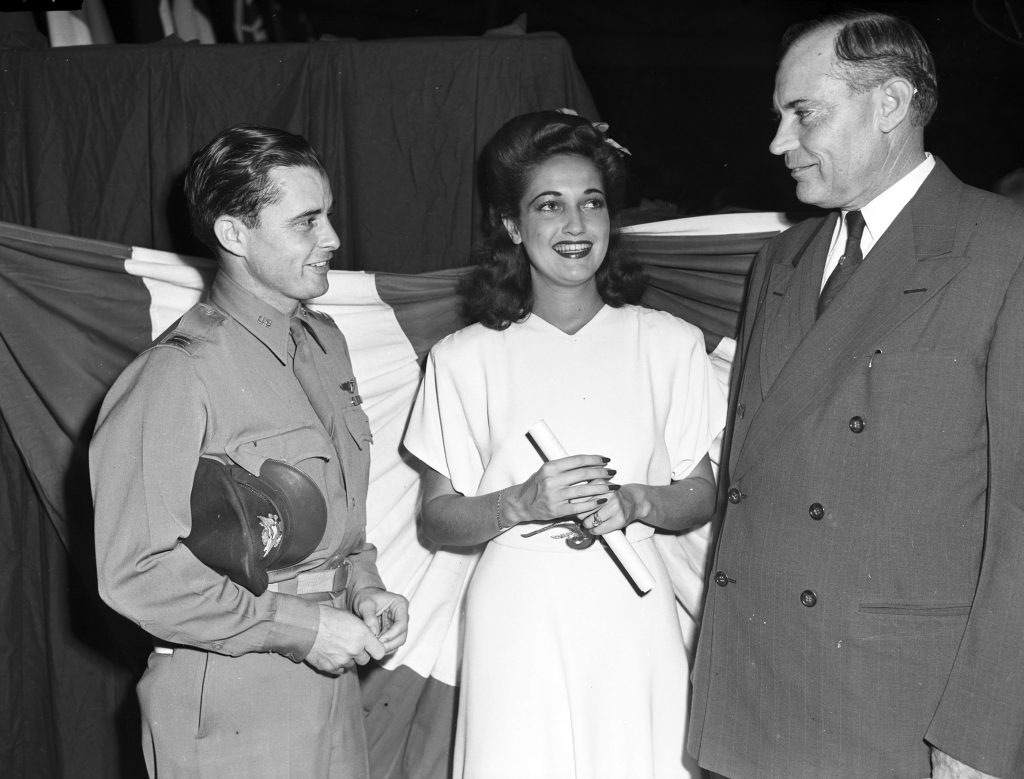
An Oscar in Hollywood
Beyond the Line of Duty is a 1942 American short documentary film, (22 minutes) directed by Lewis Seiler which had Wheless reenacting his training and heroism in the Philippines.
The short sketches out his decision to join the Army and his qualification to become a bomber pilot.
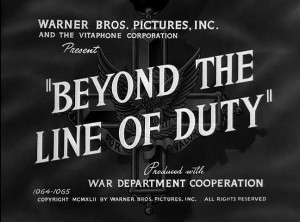
Having already joined the peacetime army and qualified as a bomber pilot, Wheless was in the Philippines when the Japanese struck in 08 December 1941. Wheless’s bomber is one of five sent to bomb Japanese troop transports. Wheless’s mission becomes highly hazardous when Wheless’s bomber is delayed, forcing Wheless to attack the Japanese troop transports alone.
Future President of the United States Ronald Reagan, himself judged unfit for combat service due to poor eyesight, provides narration.
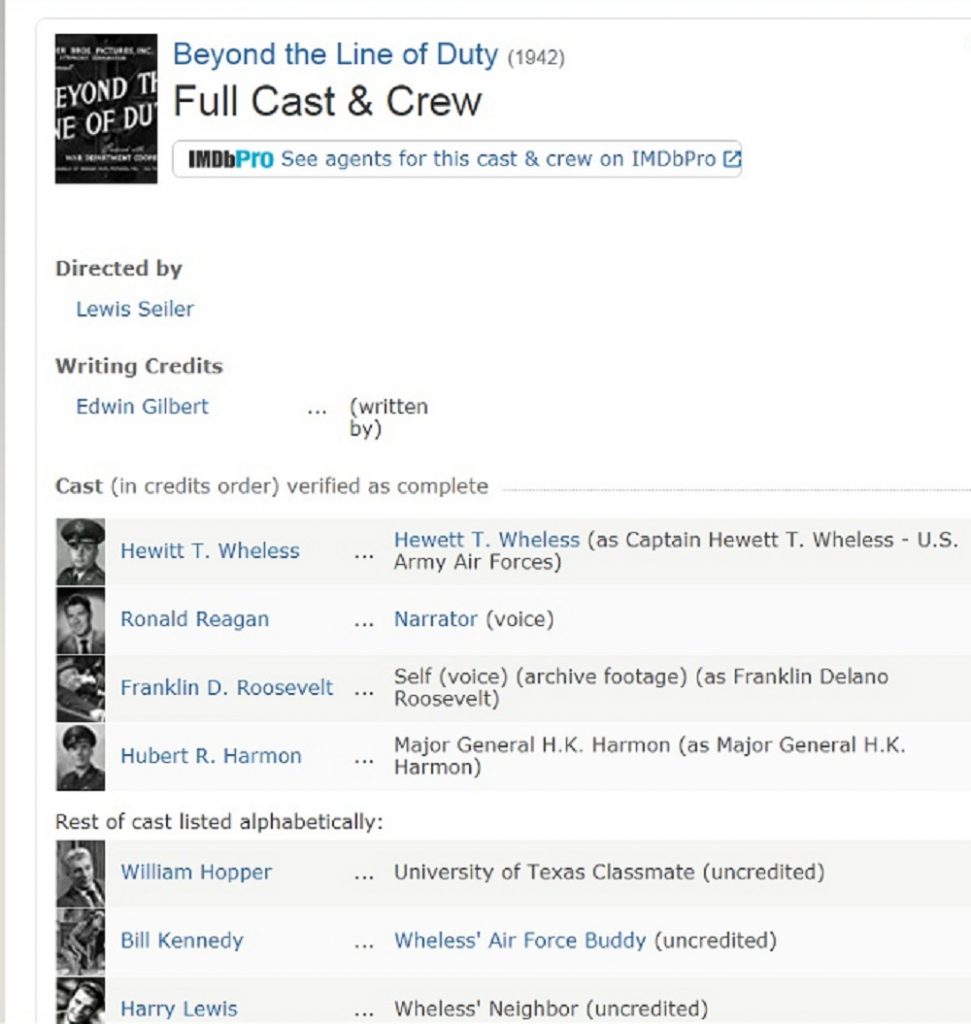
Following the attack on Pearl Harbor, Hollywood rushed to turn out films that would help to help win the war. The studios produced more than features, with countless cartoons and short subjects that were intended to inform the public, boost morale, encourage support of the Red Cross and other organizations that were helping at home and overseas or in recruitment. There were also films that were shown only to members of the armed forces. These films either trained them or entertained them.
Beyond the Line of Duty is one of the best examples of how Hollywood pitched in and worked to boost morale and also recruit men and women into military service. The film won the Oscar for Best Short Subject at the 15th Academy Awards in 1943. You can watch the entire short film at YouTube here.
Wheless returned to the United States in April 1942 and worked as an operations officer for the 34th Bomb Group and later deputy commander of the 88th Bomb Group before becoming a staff officer at 2nd Air Force Headquarters.
Operation Meetinghouse
Shorty Wheless returned to the Pacific in 1944 and served as director of operations for the 314th Bomb Wing at N. Field, Guam and often flew missions with 30th Squadron of the 19th BG.
After that unforgettable battle above the skies of the Philippines and winning an Oscar in Hollywood, you’d think Shorty was done with winning the war against Japan.
But he had one more major accomplishment for which he is mostly forgotten, but which might have been his most significant one, as reported by Donald J. Young in the same aforementioned story published in the July 2002 issue of Aviation History Magazine.
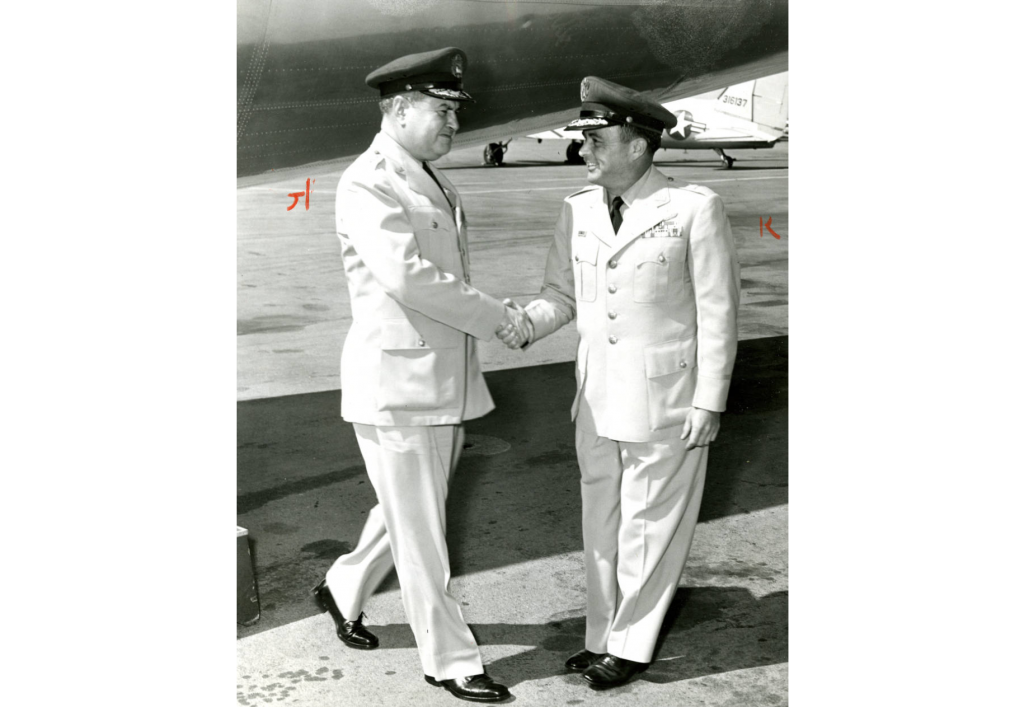
Although history usually credits General Curtis LeMay for the shift in the strategic bombing of Japan from daylight high-altitude bombing to fire bombing at night, the concept was the actually the brain child of Brig. Gen. Thomas Power and (now) Colonel Hewitt Wheless.
The two men had gotten the idea after studying a strike photo of Tokyo, where several blocks of the city had burned after the last high-altitude raid. LeMay listened intently to their idea, then gave them 24 hours to put it into practice.
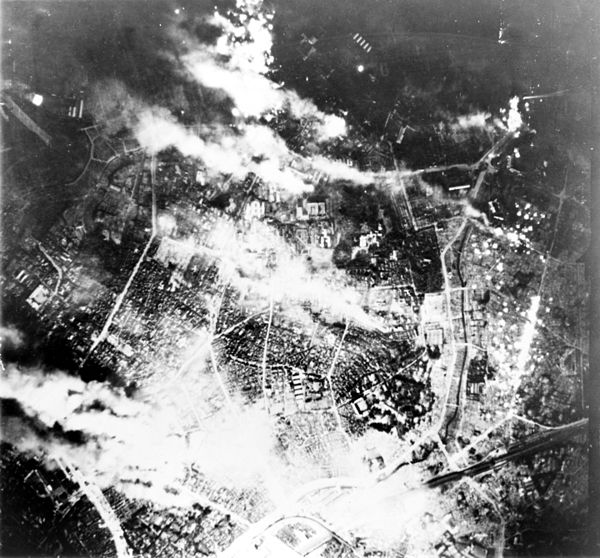
The first firebombing attack in this campaign—codenamed Operation Meetinghouse—was carried out against Tokyo on the night of 9 March 1945, and proved to be the single most destructive air raid of the war.
XXI Bomber Command mounted a maximum effort, and on the afternoon of 9 March 346 B-29s left the Marianas bound for Tokyo. They began to arrive over the city at 2:00 am Guam time on 10 March, and 279 bombers dropped 1,665 tons of bombs.
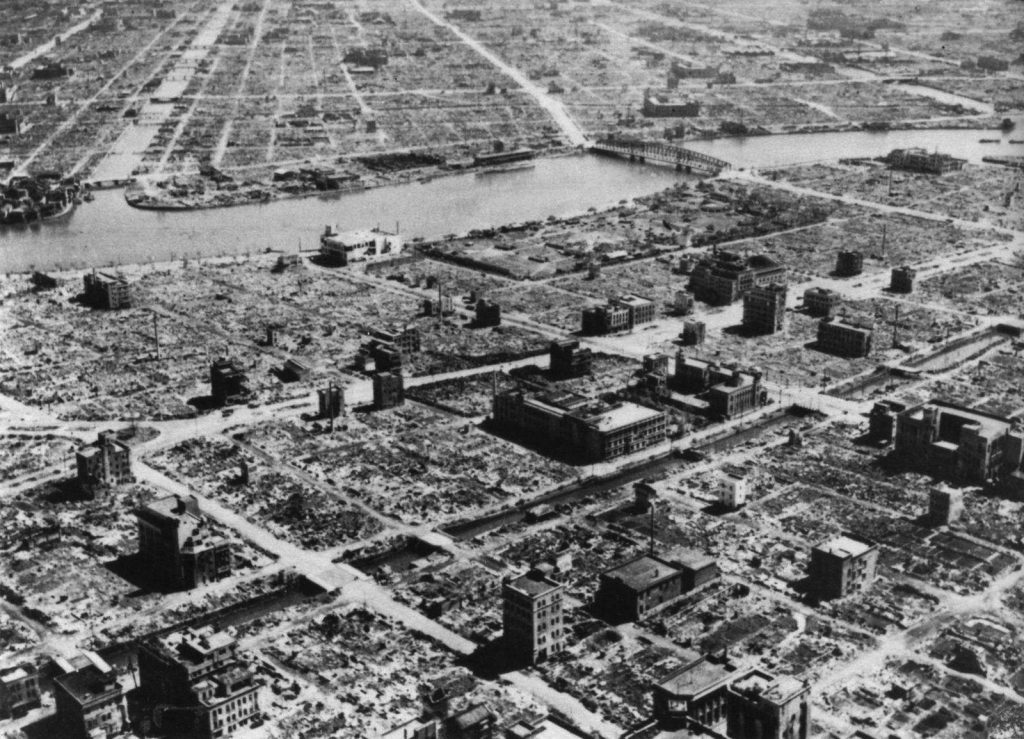
The raid caused a massive conflagration that overwhelmed Tokyo’s civil defenses and destroyed 16 square miles (41 km2) of buildings, representing seven percent of the city’s urban area.
The Tokyo police force and fire department estimated that 83,793 people were killed during the air raid, another 40,918 were injured and just over a million lost their homes; postwar estimates of deaths in this attack have ranged from 80,000 to 100,000.
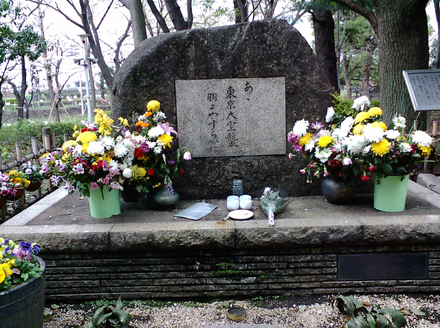
While this campaign was intended to form part of preparations for the Allied invasion of Japan, LeMay and some members of Arnold’s staff believed that it alone would be sufficient to force the country’s surrender.
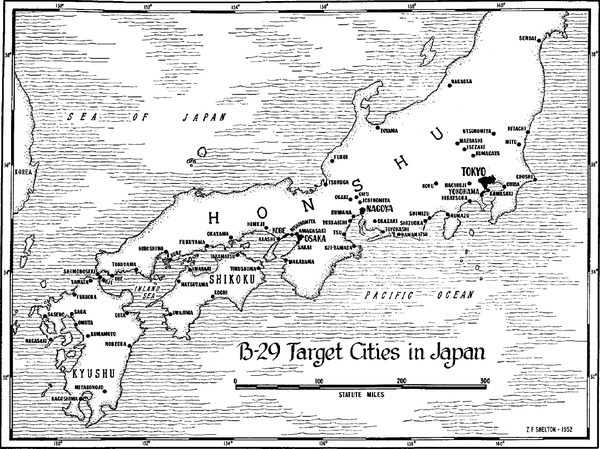
Postscript
After the war, Wheless became the Strategic Air Command (SAC) Director of Plans in September 1960, and in July 1962 he was named its Chief of Staff. In June 1963 he was assigned to Headquarters US Air Force, Washington DC as the Assistant Deputy Chief of Staff, Programs and Requirements and became its Deputy Chief of Staff the following February and was promoted to the rank of lieutenant general.
In February 1965 he became the Assistant US Air Force Vice Chief of Staff at Washington DC and in 1967 was appointed Senior Air Force Member of the Military Staff Committee, United Nations in concurrent capacity.
He retired at these positions in June 1968 with the rank of Lieutenant General after 33 years of continuous military service.
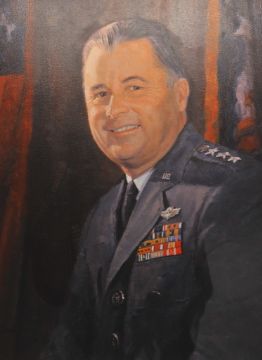
Among his military decorations and awards include the Distinguished Service Cross, the Air Force Distinguished Service Medal, the Legion of Merit with 2 oak leaf clusters, the Distinguished Flying Cross with 1 oak leaf cluster, the Air Medal with 1 oak leaf cluster, the Asiatic-Pacific Campaign Medal, the World War II Victory Medal, and the National Defense Service Medal. He was rated a command pilot and navigator.
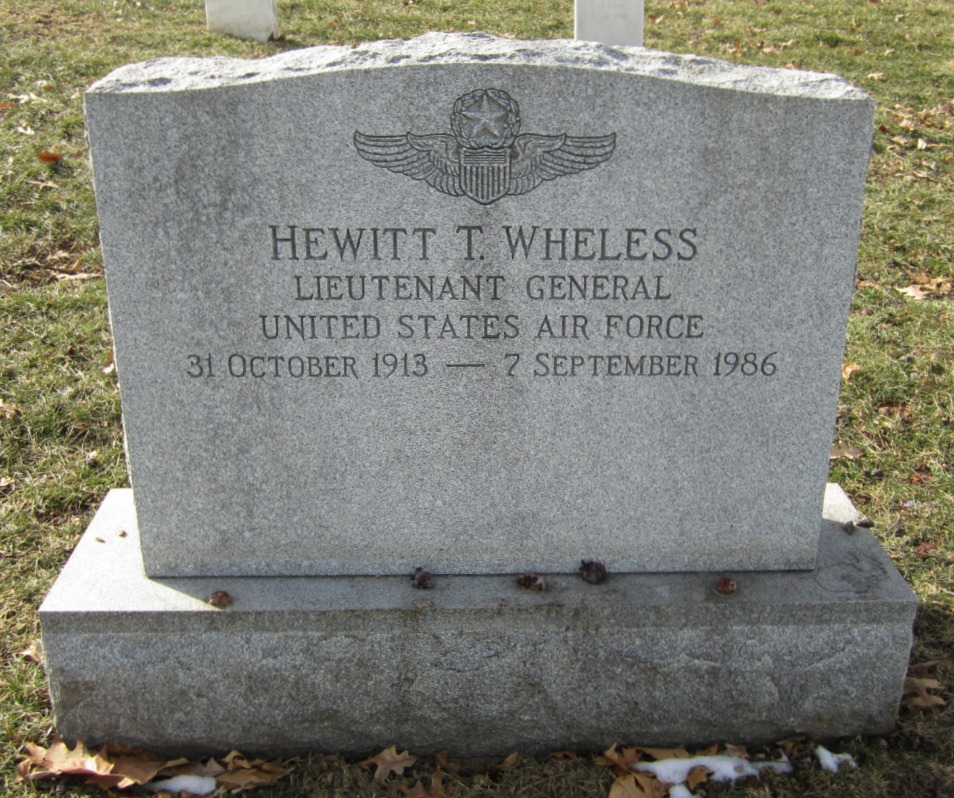
He died on 07 September 1985 at the age of 72 in Tucson, Pima County, Arizona, USA and is buried at the Arlington National Cemetery in Arlington, Arlington Country, Virginia, USA at Section 30 Site 384-1.
-30-
REFERENCES:
2. General Hewitt Terrell Wheless, Memorial/findagrave.com
3. B-17 Hero in the Philippines, Hewitt T. Wheless, WWII History Articles, A War to be Won
4. Far East Air Force, Wikipedia.
5. United States Army Forces in the Far East, USAFFE, Wikipedia.org
6. Ianbob.com
7. Young, Donald J., Hewitt T. ‘Shorty’ Wheless and Boyd T. ‘Buzz’ Wagner: World War II Fighter Pilots. Aviation History Magazine July 2002 visa historynet.com
8. . Beyond the Line of Duty, Wikipedia
9. Film/Beyond the Line of Duty, tv.tropes.org
10. Beyond the Line of Duty (1942), YouTube.com
11. The Hall of Valor Project, The Military Times
12. Captain Hewitt T. Wheless Of Menard, Texas, Actress Dorothy Lamour And Texas Governor Coke Stevenson During A War Bond Drive, University of Texas Arlington, UTA Libraries Digital Gallery
13. Hewitt T. Wheless, Wikipedia
14. Recognition Of The Japanese Zero Fighter (1943), YouTube
15. Campbell, Douglas E., Save Our Souls: Rescues Made by U.S. Submarines during World War II, page 320-321
16. Matt, P.E., The South Pacific Air Ferry Route, Pacific Eagles, WWII Pacific Air Combat, 04 December 2015, History, Southwest Pacific
17. R.R. Slater, And Then There Were None, Army Air Corps Last Stand in the Philippines
18. 75th Anniversary of Pearl Harbor and Attack on 19th BG at Clark Field, Little Rock Air Force Base, History,19th Bombardment Group-BG
19. The Clark Field Disaster and Retreat from the Philippines, The Java Gold’s Blog
20. 19th Bombardment Association. 19th Bomb Group, Turner Publishing (February 22, 2000), ISBN 1563116839 via military.wikia.org
Marilyn, this was a wonderful tribute to your uncle, to you and your family.